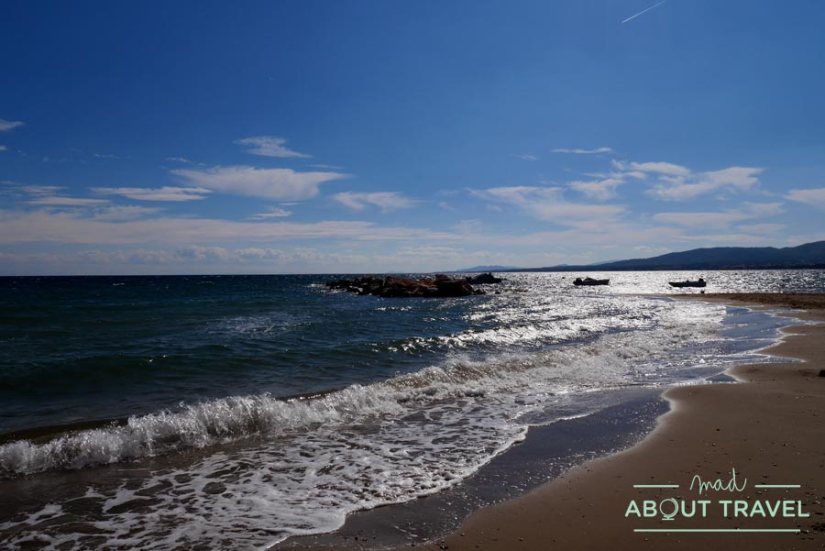A tour of Marathon, more than a battlefield on the outskirts of Athens
Marathon is much more than a race of about 42 kilometers that today seems to be more fashionable than ever. Marathon is a place fixed in the history of Greece with iron and blood , a battlefield, a corner full of symbolism and a good place to go on an excursion from Athens. I was recently able to visit this battlefield and the beautiful Mediterranean environment that surrounds it and… I came back fascinated. If you want to know more, keep reading.
It is said that on full moon nights on the battlefield of Marathon you can hear the noises of fighting between men and the neighing of horses . And although I haven’t been there at dusk, during the day there’s something about this place. In what is now a lush field of olive trees bathed in the light of the Mediterranean, more than 2,000 years ago the Athenian army shed the blood of more than 6,400 Persian soldiers .
Imagine the battlefield, the clamor of the clash of the Athenians in clear inferiority against the Persians, who were much more numerous. The sound of conflict, the sounds of effort, struggle, rage and pain, the agony, desperation and the taste of defeat (and sweet victory). On September 12, 490 BC, the fortunes of Athens changed, history was made and the tables turned.
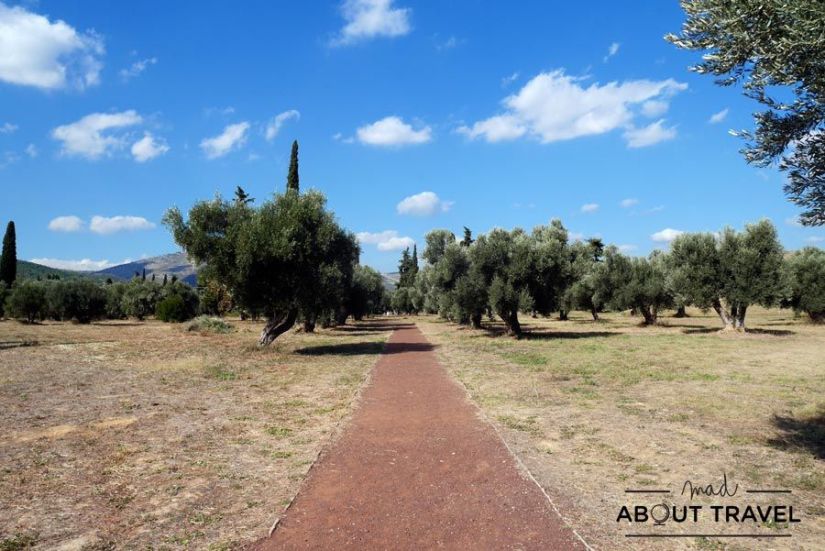
While walking among the olive trees loaded with black olives, under the sun and the blue sky, it was impossible not to think of the two armies, looking at each other, waiting. The Persians camped in Marathon Bay (more than 25,000 men, 1,000 horses and a fleet of about 600 ships). On the opposite side, 10,000 Athenians and 1,000 Platians led by Themistocles, Miltiades and Callimachus (apparently, the famous Spartans “arrived late”).
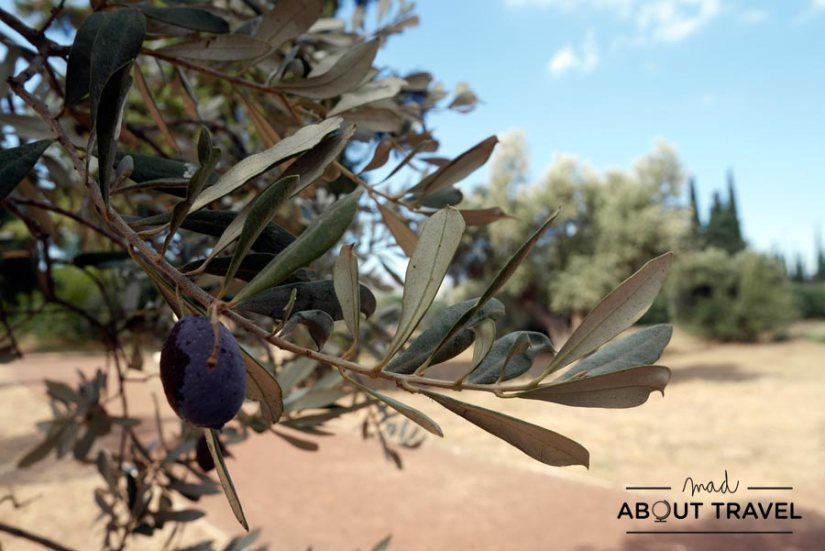
Until, before dawn on September 12 , the Athenians decided to launch a surprise attack, in addition to testing a strategy that was confirmed to be essential for their victory, despite being outnumbered. They say that the soldiers of Athens and Plataea began to run towards the enemy, charging with all their strength and avoiding the range of the arrows that the expert Persian archers launched. Frightened, many tried to return to the safety of their ships but ended up perishing in a swampy area between the battlefield and the sea. By evening, the Athenian victory was clear, with less than 200 fatalities on the winning side and more than 6,000 on the losing side.
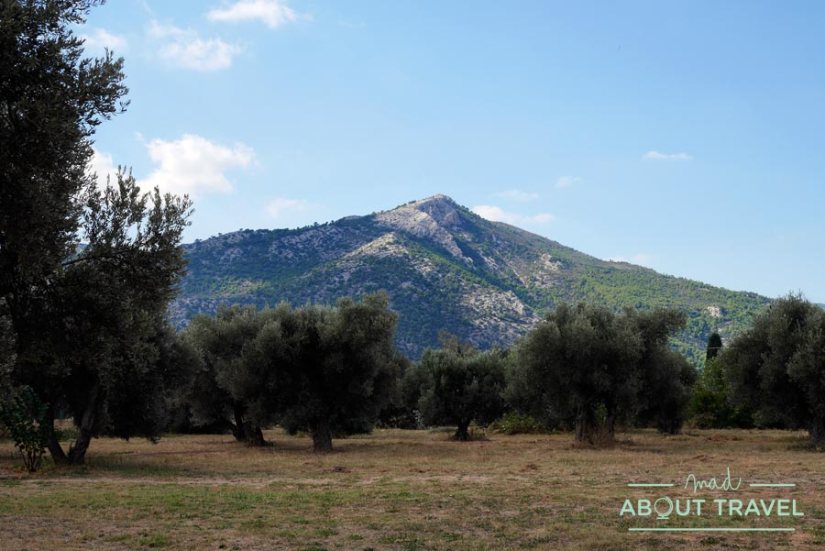
It is then that Pheidippides is dispatched to race towards Athens to report the victory at Marathon. The legend states that after traveling the 42 kilometers that cover the battlefield of the capital he entered the Agora, shouted “We have won” and fell dead. It is worth saying that the victory achieved in this privileged environment was not the end of the war… but that’s another story.
-
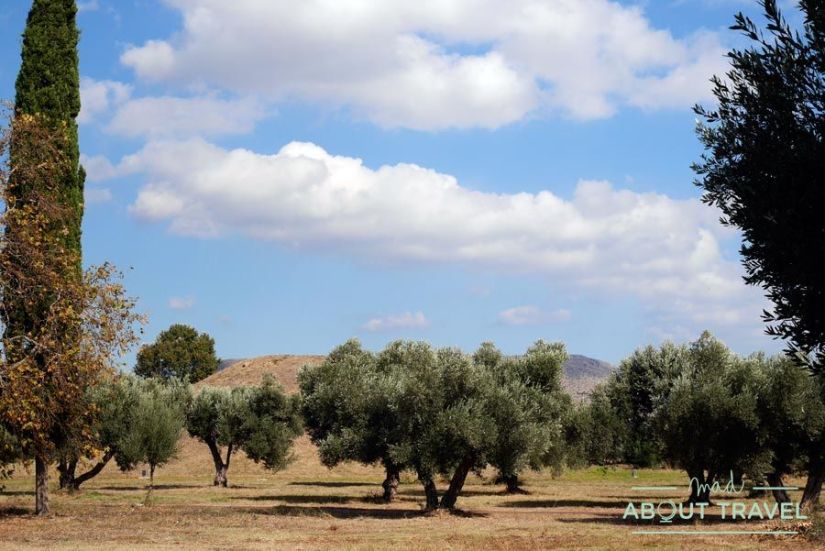
Marathon Battlefield -
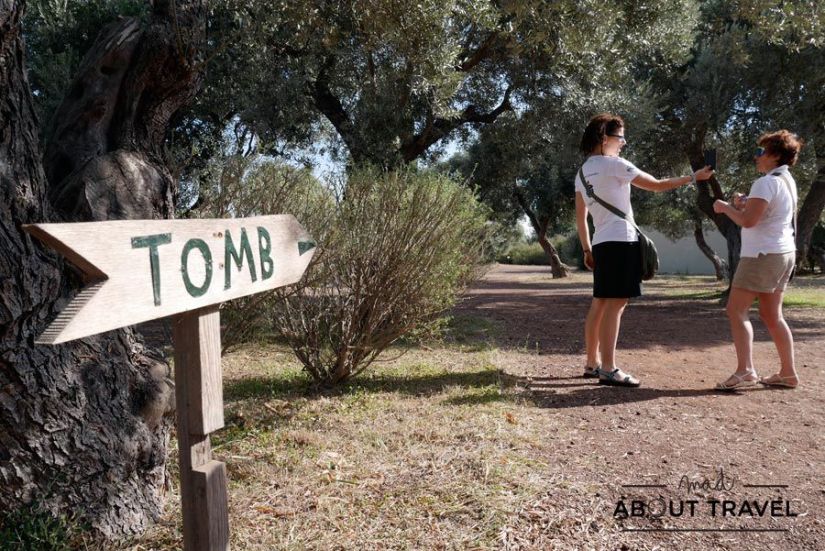
On the way to the Marathon burial mound -
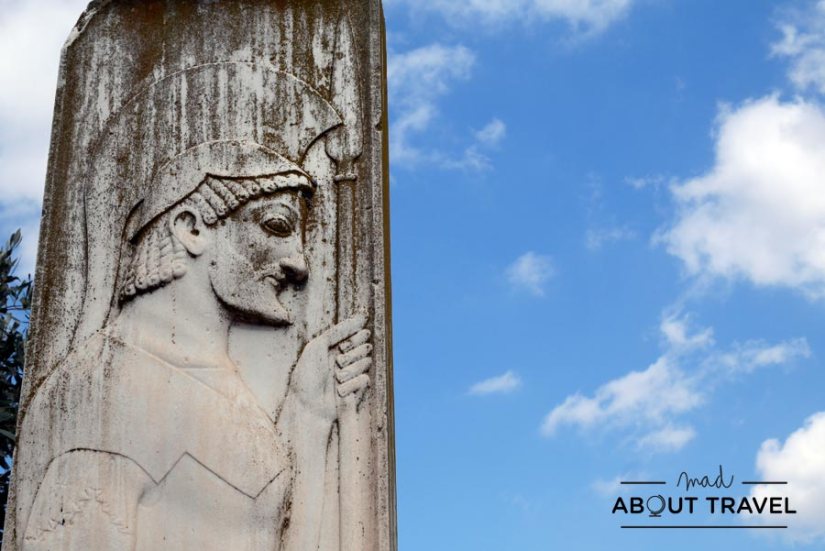
Monument to the Battle of Marathon
Index of contents
What to see at the Battle of Marathon?
The burial mound
Although tradition dictated that those killed in the war should be buried in the Kerameikos cemetery in Athens, the 192 dead Athenian and Platian soldiers were cremated and buried together in the funerary mound that can still be seen today at the site of the battle. This golden hill surrounded by olive trees has a special aura. Excavations in the 19th century brought to light a large quantity of ashes and burned bones.
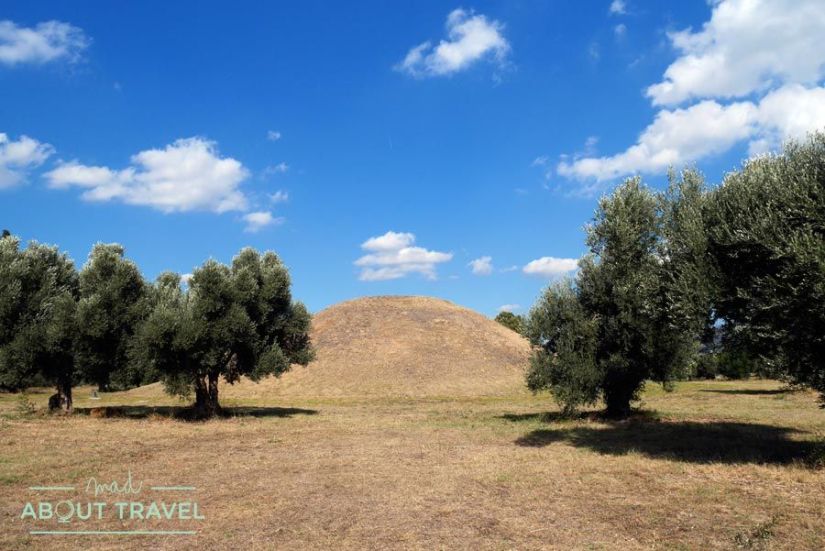
The burial mound is in the middle of a battlefield and is fascinating. Maybe that’s why I was surprised that there were only a couple of information panels about the place, and nothing else. So much could be done to enhance a place so important to the history of Greece that it is sad that few people visit it. Perhaps an interpretation center at the entrance would be more illustrative and attract more travelers.
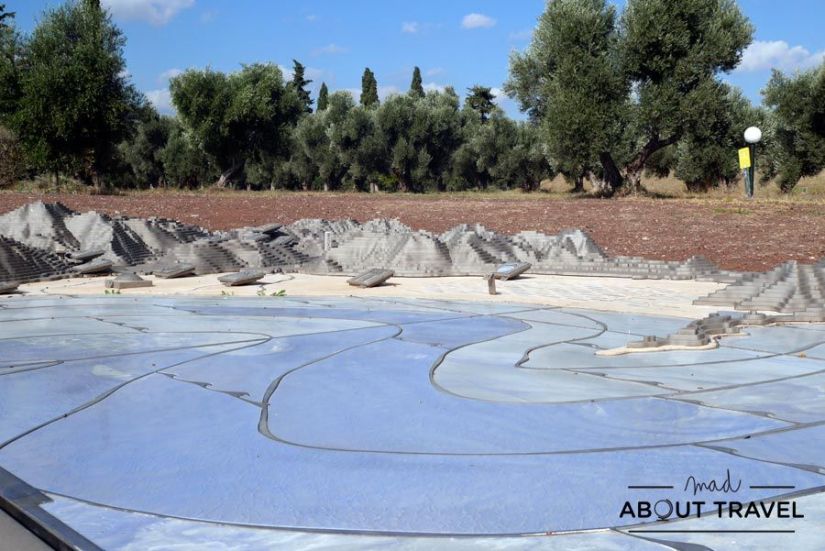
The Battle of Marathon Museum
Open from Tuesday to Sunday from 8:30 a.m. to 3 p.m. (although they usually open later in summer), the Marathon Museum. Although small and somewhat far from both the battlefield and the mound, it is quite well signposted. Its collection brings together objects found both on the battlefield and in other nearby archaeological sites to give you an idea of how the citizens of Ancient Greece lived (and fought).
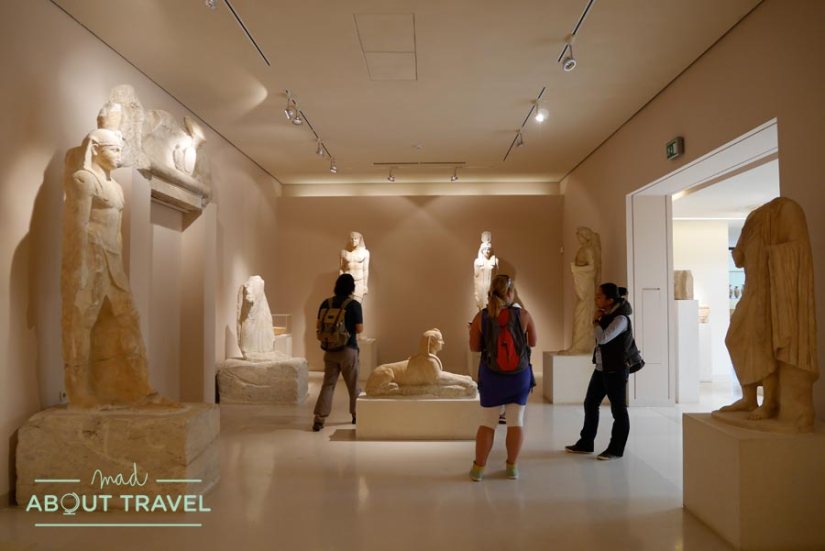
Pay attention to the Egyptian-style statues that were supposed to have been on an altar dedicated to Herod Atticus. Or the tombstones on which you can see portraits of Greeks for whom time stopped long ago.
Admission to the Battle of Marathon Museum costs €3.
-

Marathon Museum -
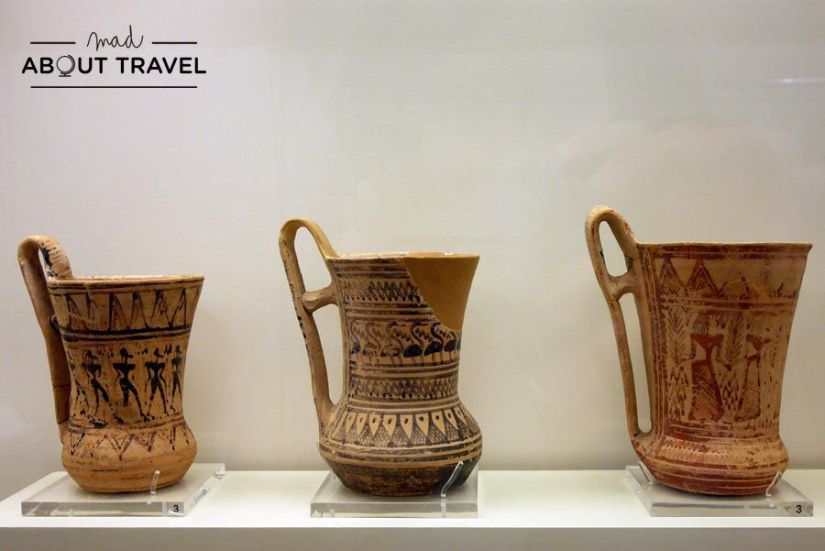
Marathon Museum -
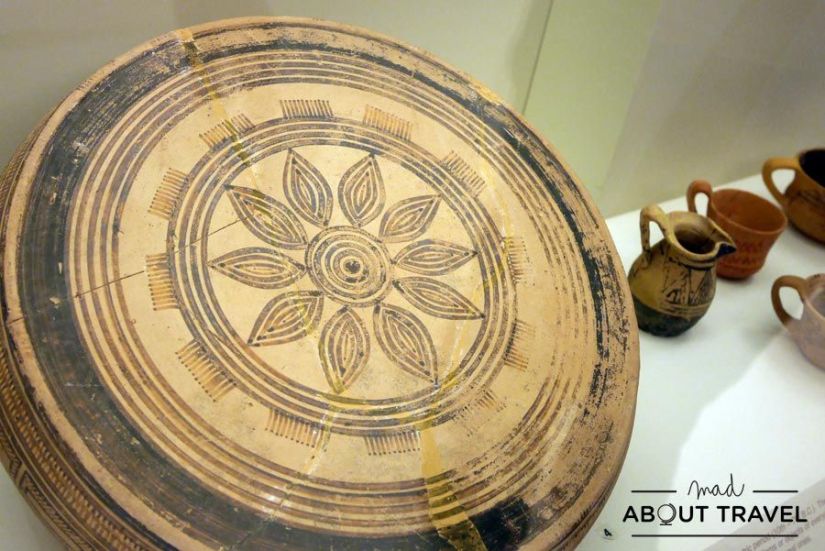
Marathon Museum
Marathon beach
It is surprising how close the Marathon battlefield is to the sea. I don’t know very well why it had never fallen… until I saw it with my own eyes. On beaches like Schinias (or Marathon itself) it is possible to take a dip, enjoy a 100% Mediterranean landscape that mentally transported me to the South of Spain, and eat in a tavern with views . Our guide took us to one and the food was so delicious that there was nothing left on the plates. Take the opportunity to taste the tasty Greek virgin olive oil, taste the delicious feta cheese, Kalamata olives or the tastiest octopus you have ever tasted in your life. And if you add to that the company of the cutest stray cats in the world, even better.
